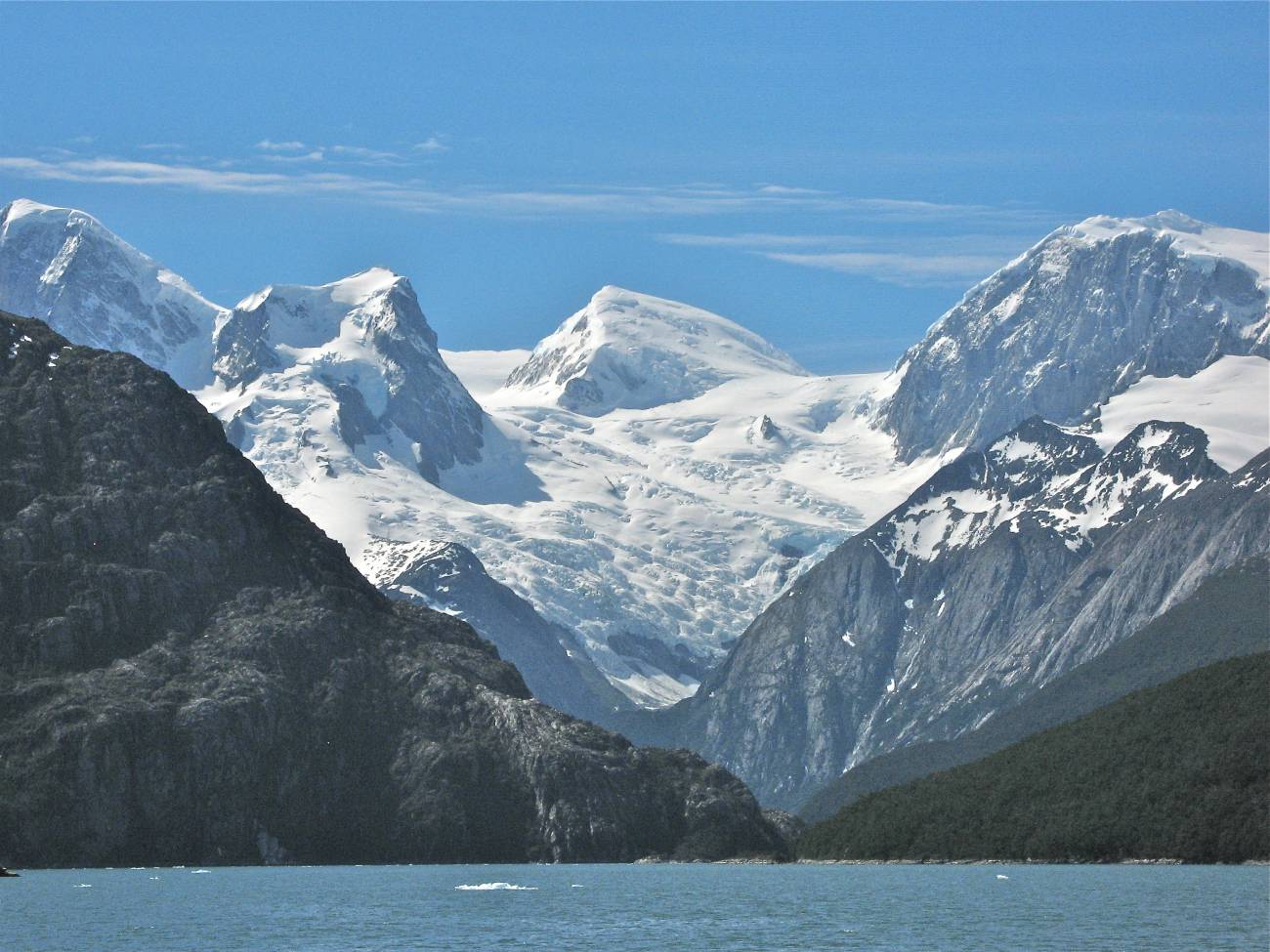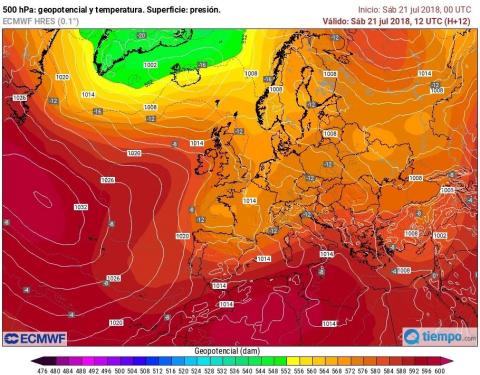Reactions: climate change will increase extreme rainfall and decrease snowfall events
A study concludes that climate change will lead to less precipitation in the form of snow and more extreme rainfall events, especially at high altitudes in the northern hemisphere, increasing the risk of floods, landslides and infrastructure damage. According to the authors, this is the first time this risk of extreme precipitation in liquid and solid form has been studied separately. Their calculations indicate that for each degree of temperature increase, the risk of extreme rainfall in high-altitude regions will increase by 15 %. The authors publish their results in the journal Nature.

Ernesto - Nieve (EN)
Ernesto Rodríguez Camino
Senior State Meteorologist and president of Spanish Meteorological Association
It is well known that one of the effects of climate change is the increase in the intensity and frequency of extreme precipitation events, with consequent effects on both ecosystems and infrastructure. Extreme precipitation events can occur in the form of both rain and snow, the former being particularly dangerous because of the almost instantaneous runoff that can lead to flooding. However, until now, extreme precipitation events have not been studied separately for rain and snow. This study analyses for the first time the effect of climate change - both observed and projected under different scenarios - on the intensity of precipitation events in liquid and solid phases separately.
The novelty and main conclusion of this work is that liquid-phase (rain) precipitation extremes - which have more negative impacts than the corresponding solid-phase (snow) ones - in regions of the Northern Hemisphere amplify their intensity on average by up to 15 % for each degree of warming, which is double what had been expected so far due to the increased water vapour holding capacity in warmer air, with this amplification being greater in areas with high altitudes than at low altitudes. This greater amplification of rainfall extremes due to climate change in mountain areas in the northern hemisphere will require revised adaptation plans to adequately protect mountain environments and downstream regions, which are home to approximately 26% of the world's population. As a counterpart to the increase in liquid-phase precipitation extremes, there will be a reduction in solid-phase precipitation extremes, with a consequent negative impact on the regulation of water resources, which is critically dependent on water storage in mountain areas in the form of snow.
It is well known that mountain areas with significant snowpack are critical areas because of the significant impacts and vulnerability they experience due to climate change. This work highlights an aspect that has been little studied until now, namely the greater amplification in these areas of extreme rainfall at the expense of extreme precipitation in the form of snow, leading to greater risks of flooding downstream of the river courses that originate in these mountainous areas. Flood risks are further increased if the areas are affected by forest fires that reduce vegetation cover and lead to increased and steeper runoff, heavy soil erosion and possibly earth movements.
Cabré - Nieve (EN)
Anna Cabré
Climate physicist, oceanographer and research consultant at the University of Pennsylvania
Air can hold more water vapour when it is warmer. This results in a more intense water cycle (more intense rainfall, more extreme droughts, etc.) in a warmer world. Extreme rainfall is particularly damaging in places with high population density, relief (mountains) and, above all, in places that have experienced drought episodes just before (also more frequent with climate change), which lower the quality of the soil and its absorption capacity, as well as in places that already use a lot of soil for agriculture or in places with infrastructure that is poorly prepared for water extremes.
In addition, glaciers are melting in the high mountains and there is less and less snow, both of which are crucial for the stability of river flows and very relevant for the lives of many, many people at low altitudes as well. This study says that the transition from solid (snow) to liquid (rain) precipitation expected at high altitudes is associated with a more pronounced increase in extreme rainfall than in the rest of the world, which makes sense, but has now been quantified. This is particularly relevant for climate change adaptation in mountainous areas, especially in vulnerable countries such as Nepal that are downhill from the Himalayas.
Ombadi et al.
- Research article
- Peer reviewed
- Modelling



